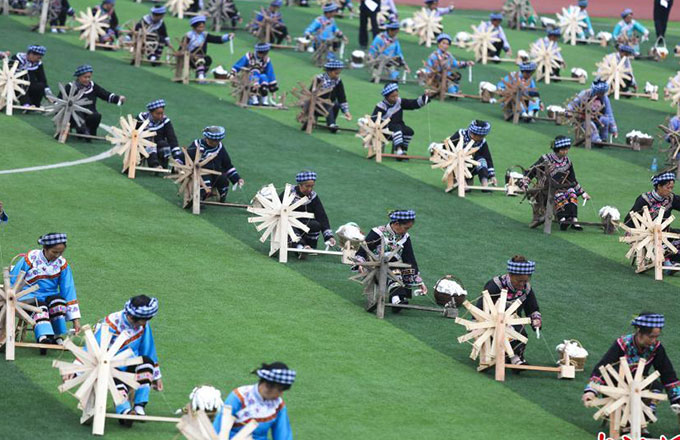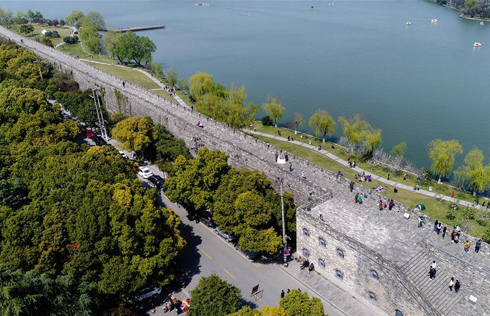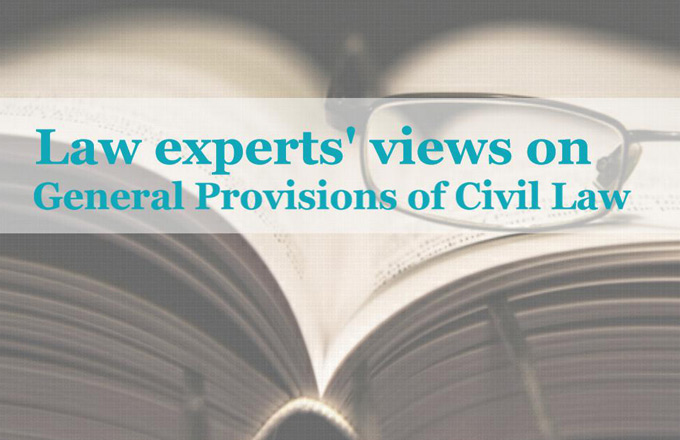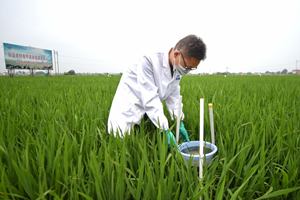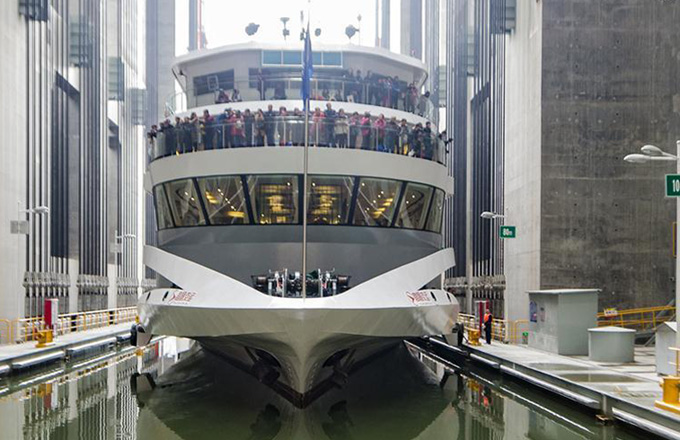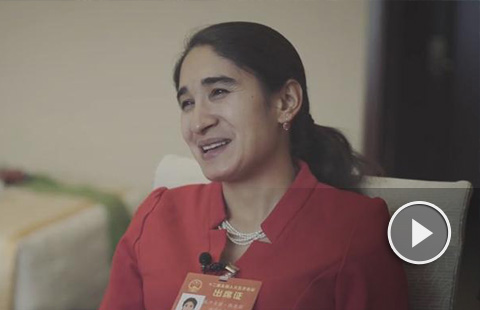Smog plan goes after polluters
Areas around Beijing would see cleaner air by the end of this year
China unveiled an environmental plan on Wednesday to curb air pollution in its northern region, which constantly suffers smog in the winter.
Twenty-eight cities in and around the Beijing-Tianjin-Hebei region are being put under tighter restrictions on processing and production in the coal, cement, steel and other industries that cause high levels of air pollution, according to an action plan.
The plan, jointly issued by the Ministry of Environmental Protection, Ministry of Finance, National Development and Reform Commission, National Energy Bureau and six provincial-level governments, was made public on Wednesday.
Under the plan, all the cement and casting plants will have to suspend production during the heating season from Nov 15 to March 15, except those providing heating services and processing dangerous waste in 28 cities in the region and the three neighboring provinces of Shandong, Shanxi and Henan.
All the coal-fired power plants in these cities will be shut down if they fail to reach low emission standards by the end of October, the plan says.
In addition, producers must cut aluminum capacity and production of electrolytic aluminum by more than 30 percent across the 28 cities in winter, and some cities like Shijiazhuang and Tangshan in Hebei province, China's top steel-producing province, will have to cut their iron and steel output in half.
Chen Jining, minister of environmental protection, said at a news conference earlier this month that fighting air pollution in winter in North China has become the priority in the country's smog-control efforts.
The plan also requires transporting coal by trucks in Tianjin, Hebei and other ports around Bohai Bay to end before October to reduce emissions. Instead, railway transportation is encouraged.
Some other tasks, such as improving emission standards, vehicle exhausts, dust controls and improving emergency responses against smog, also are included in the plan.
These strict measures come in a bid to meet the air-quality improvement goals set in the nation's Action Plan of Air Pollution Control and Prevention, which says Beijing should lower the annual average concentration of PM2.5 — hazardous fine particulate matter — to 60 micrograms per cubic meter by the end of 2017. The level in 2016 in Beijing was 73.
"The new plan is very comprehensive and strict, and it includes temporary measures and long-term measures, such as upgrading gas quality," said Chang Jiwen, an expert in environmental policies with the State Council Development Research Center.



